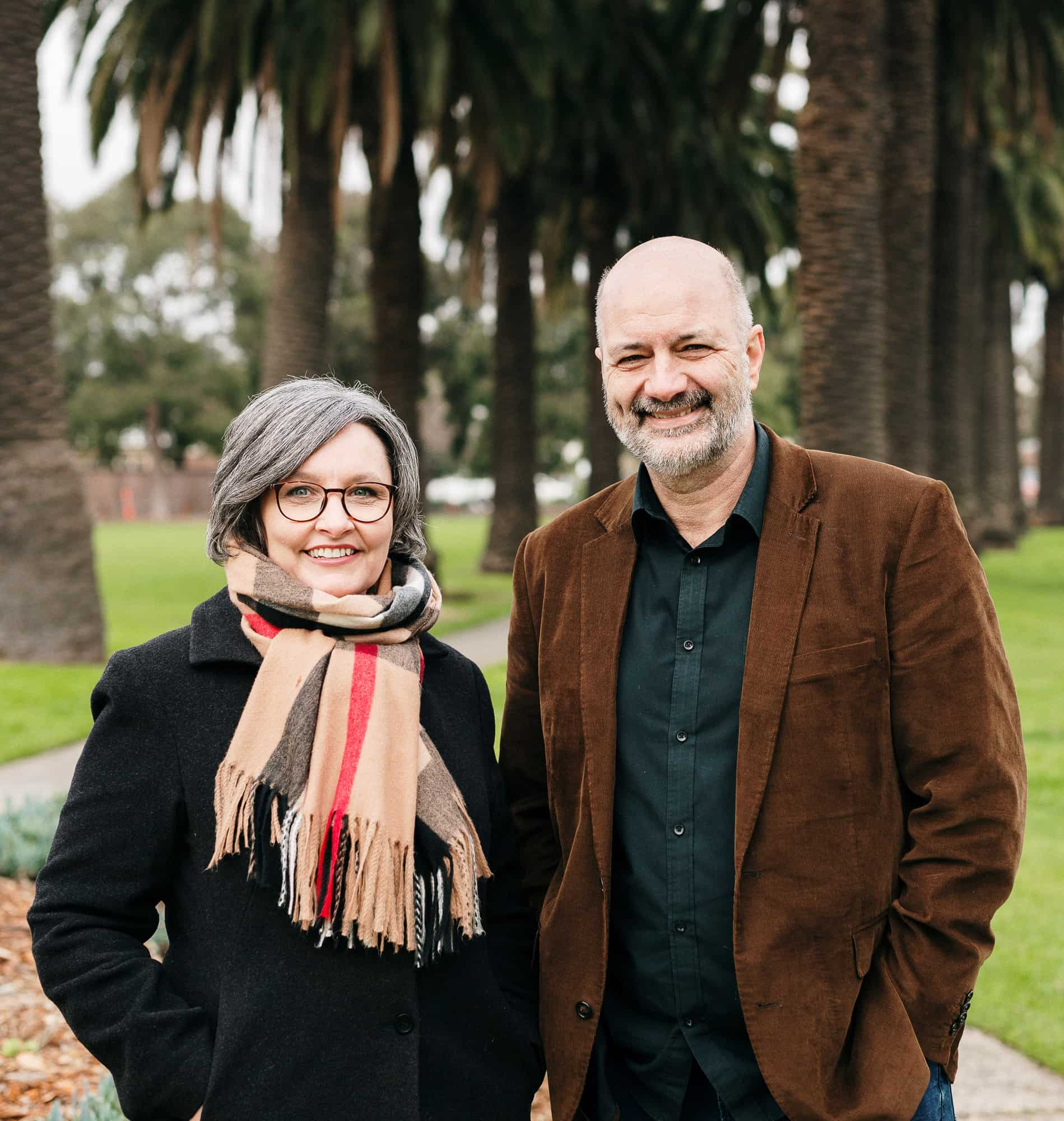Ensuring you live the retirement you deserve takes careful planning.
As you get closer, we’ll map out a strategy to maximise your super, consider more conservative investment strategies to reduce portfolio losses and use modelling to anticipate your capacity to live your best life through retirement.
Achieving a successful and financially secure retirement is one of the most important goals in life for most working Australians.
After a lifetime of hard work and sacrifice, their reward is to live their ideal life in retirement—the life they’ve always wanted and deserve. However, most people are uncertain about what financial steps to take in order to plan for a successful retirement. Making complex financial decisions can often seem overwhelming, leaving many unsure about how and where to begin.
The best course of action is to start taking action - it’s never too early to be getting strategic about securing your finances post work.
As you move closer to retirement, you may need to restructure your portfolio or overall asset base to create the income and flexibility necessary to have freedom of choice.
You might need to take longevity risk into account - which is the risk of outliving your savings - by reassessing how you invest and how long you work for.
Whether it’s luxury holidays, doing the grey nomad thing around Australia, spending more time with friends, family and grandkids, or something entirely different - chances it’ll benefit from some careful and intelligent planning.
Meet Jim
Results:
FAQs
While the industry has been treating people like walking wallets, we’ve recreated and redefined financial advice - we call it financial life management. It’s based on the understanding that your life and finances are inseparable, and money is just a resource to give you choices and help you live the life you want.
We focus on proven investments such as cash, term deposits, shares, ETF’s, managed funds, and property. We avoid overly speculative investments and get rich quick schemes. We have access to private market opportunities including private equity, venture capital, real assets, and hedge funds. This diverse set of assets encompasses a broader range of strategies, that allow investors to generate absolute returns uncorrelated to traditional investment markets. Private market opportunities are generally appropriate for clients with portfolios exceeding $2m.
Yes. It can be hard to understand what impact your choices, strategies and investments will have on future goals and intentions. We use market-leading financial modeling to help you understand if you're on track, and give you context for important decisions.
There are many ways to manage tax wisely. These include making tax-effective super contributions, debt recycling, managing capital gains tax tactically, and utilising tax-efficient investment vehicles such as super, family trusts, or investment bonds. We find that almost all clients can do things more tax effectively with strategic planning.
For the 24-25 financial year, you can contribute up to $30,000 in concessional (before-tax) contributions and $120,000 in non-concessional (after-tax) contributions. If eligible, you may use the bring-forward rule to contribute up to $360,000 in non-concessional contributions all at once. For a couple, that's $720,000.
Forget the one-size-fits-all headlines. How much you need depends on the age you retire, the cost of your lifestyle, the investments you're comfortable with, and the kind of inheritance you’d like to leave.
You can’t start too early, but you can start too late. The earlier you begin planning for retirement the more likely you are to have the accumulated wealth to retire when you want to, with the freedom and security you deserve.
Making super contributions often creates a better financial outcome due to the tax deductions available, however, what’s optimal varies based on income levels, interest rates, proximity to retirement and the emotions associated with debt and sharemarkets.
When you retire after reaching your preservation age (60 for most people), or at age 65 regardless of employment status.
Transition-to-retirement (TTR) legislation allows Australians who’ve reached preservation age but are still working to access their super by drawing a regular income stream. This is generally a strategy to facilitate a reduction in working hours in the years leading up to retirement, but can also be used as a tax strategy to create the cash flow needed to make tax-deductible contributions to super.
Yes, often you can. A superannuation cash-out re-contribution strategy involves withdrawing funds from your super (tax-free if you're over 60) and re-contributing them as non-concessional contributions. This increases the tax-free component of your super, reducing, or even eliminating potential tax payable by non-dependent beneficiaries (like adult children) upon your death. The age limit for non-concessional contributions increased to 75 on July 1, 2022. Resultantly, we've made this a common strategy for our retired clients, often leading to hundreds of thousands of dollars in tax savings.
It depends on your goals and circumstances. What's best may be one or a combination of those strategies. Making super contributions often creates a better financial outcome due to the tax deductions available, however, what’s optimal varies based on income levels, interest rates, proximity to retirement and the emotions associated with debt and share markets.
If you're more than a decade from retirement, a high-growth approach to your super is probably best. This means a heavy focus on shares and, to a lesser extent property. This will likely maximise your long-term returns and increase the funds you have to live the retirement you want. If you're closer to retirement, you'll require more careful planning based on your proximity to retirement, the income you need in retirement, and some tactics to minimise the impact of a market downturn close to your retirement or in its early years.
Catch-up concessional contributions allow you to use unused cap amounts from the previous five years, starting from 2018-19. You can contribute up to $30,000 annually, plus unused amounts, if your total super balance is under $500,000 on June 30 of the previous year. This is a common strategy we recommend which can result in Verse clients saving tens of thousands in income tax.
You can access the Age Pension at 67. As of March 2025, the maximum fortnightly rates are $1,149 ($29,874/year) for singles, and $1,732 ($45,037/year) for couples. Eligibility and payment rates depend on income and assets tests. Your principal place of residence is exempt from the asset test, however, owning a home affects the asset test thresholds.
Small business CGT concessions are tax benefits that allow eligible business owners to reduce, disregard, or defer capital gains tax on the sale of their business. These concessions include the 15-year exemption, 50% active asset reduction, retirement exemption, and small business rollover, which can be applied individually or in combination to significantly lower your tax burden.
Yes. It can be hard to understand what impact your choices, strategies and investments will have on goals and financial future. We use market-leading financial modeling to help you understand if you’re on track, and give you context for important decisions along the way.
You may be able to pay advice fees from your super account if particular requirements are met including the nature of the advice, what super accounts you hold and or what super accounts are recommended by us. Advice fees paid from super may attract a tax rebate of up to 14%, however, these rebates vary between funds.
One-off financial advice fees are generally deductible to the extent that they relate to tax advice. Ongoing financial advice fees are generally deductible to the extent that relate to producing assessable income. Before claiming a deduction, we recommend sharing your Summary of Advice, invoices, and our estimate on what may be deductible to you with your qualified accountant.












